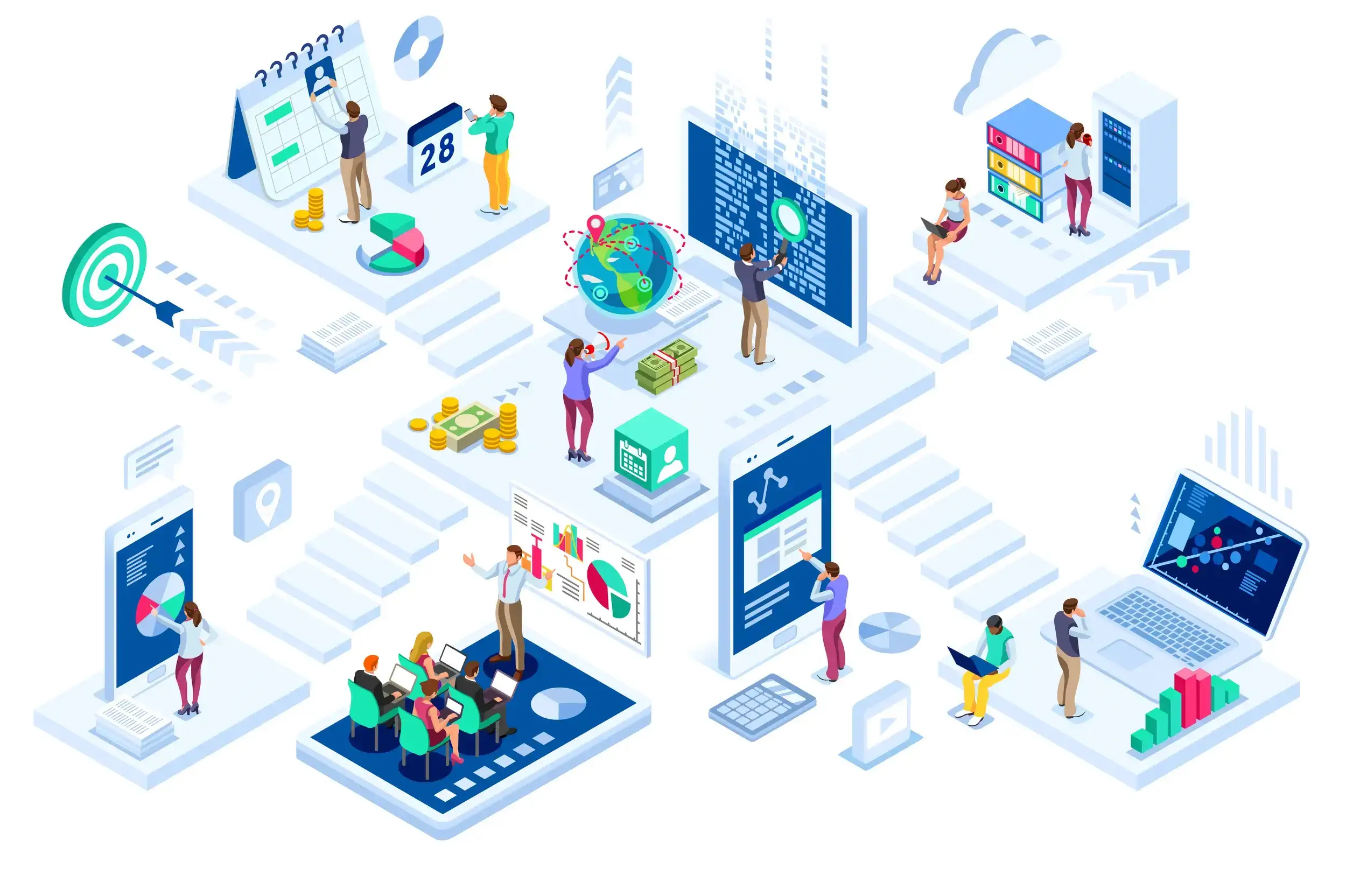HR Automation: What Is It and How Can It Help You?

The human resources department is a crucial, yet often underappreciated, component of any organization. By taking charge of employee recruitment, onboarding, training, and management, HR plays an essential role in ensuring that your human capital is working at peak efficiency.
But what can you do to make the HR department itself more efficient, productive, and cost-effective? That’s precisely the goal of HR automation. So what is HR automation, exactly, and what are the benefits and use cases of HR automation? We’ll answer all of these questions and more in this article.
What is HR Automation?
HR automation, as the name suggests, is the automation of business activities commonly performed by an organization’s human resources department. More specifically, HR automation makes use of specialized applications and technologies that can perform manual activities at speeds and accuracy rates that are markedly higher than human capabilities.
According to an analysis by the McKinsey Global Institute, 56 percent of so-called “hire to retire” HR processes (i.e. processes relating to an employee’s career at the company) could be automated using current technologies. However, it’s important to emphasize that HR automation is intended only to supplement and enhance the work of your existing HR department. At this stage, it’s not possible for HR automation solutions to entirely replace a human employee.
What are HR Automation Benefits?
Perhaps the most important benefit of HR automation is that it saves your employees a great deal of time and effort. By automating HR tasks, you can remove a great deal of tedious manual work from your HR employees’ inbox. This frees them up to focus on more important, higher-level, revenue-generating core business activities, rather than performing repetitive, mindless drudgery.
HR automation makes your business processes more predictable, streamlined, transparent, and efficient. Depending on the task, it can also significantly reduce the possibility of human error. In addition, automating HR processes makes them easier to observe and quantify, so that you can perform analytics and get actionable insights.
6 Major HR Automation Trends
Within the broader field of HR automation, there are multiple trends and technologies at play. Below are 6 of the most important HR automation trends:
- Artificial intelligence:Artificial intelligence, and subfields such as machine learning, are a critical part of HR automation. Broadly, the goal of artificial intelligence is to simulate human intelligence with computers, making them think, function, or behave in the same way that humans can. The other trends in this list all fall under the umbrella of AI.
- Process mining:Process mining is the task of “mining,” i.e. analyzing, your business processes based on your IT data—such as event logs, databases, and audit trails—and identifying methods of improving them.
- Chatbots:Chatbots are intelligent software agents that communicate with users in a human-like manner, helping them answer questions and solve problems. In many cases, chatbots can replace the need to speak with a human agent. According to IBM, chatbots can answer up to 80 percent of users’ routine queries by themselves.
- Robotic process automation (RPA): Robotic process automation uses robotic software workers who can perform a wide range of tasks with independence and autonomy. RPA works best to automate highly structured, repetitive, time-consuming manual activities.
- Low-code automation:Low-code platforms enable even non-technical employees to build robust, production-ready software applications that suit their needs or fill in a particular gap. Instead of waiting for software development to complete, low-code tools empower users to take matters into their own hands, driving digital transformation.
- Digital process automation (DPA):Digital process automation is similar to RPA, but is typically larger in scope: it focuses on the automation of entire processes and workflows (whereas RPA focuses on tasks and activities).
Which HR Tasks Can You Automate?
We’ve discussed the technologies that go into HR automation, but which tasks can they be applied to? Below are some ideas for how to get started with HR automation.
- Recruitment: Posting job advertisements, screening resumes and CVs, sending pre-interview assessments, identifying promising candidates, sending automated emails, etc.
- Employee onboarding: Collecting documents, sending forms to sign, granting access to new employees, placing IT hardware and software requests, etc.
- Employee benefits: Keeping track of an employee’s healthcare plan, retirement plan, sick leave, parental leave, workers’ compensation, etc.
- Holiday requests: Automatically approving or denying an employee’s holiday request based on the number of vacation days available, the availability of other employees, etc.
- Payroll: Tracking and calculating employees’ payments and compensation based on days and hours worked.
- Time and attendance: Recording employees’ time and hours worked based on when they enter and exit the premises, log on to their personal devices, etc.
Conclusion
In this article, we’ve offered a definition of HR automation, as well as the various HR automation trends and technologies. So how can you actually get started bringing the benefits of HR automation to your own company? In most cases, that means working with a dedicated partner who can offer the right HR automation tools for your situation.
Want to get started with HR automation? convedo can help. We have the knowledge and experience you need to successfully execute your intelligent automation initiatives, including automating your HR activities. For more information, arrange a call with our team of AI experts today for a chat about your business needs and objectives.
